Table of Contents
From hanging pictures to assembling furniture, most of these projects can be done efficiently with a cordless drill. That’s why it is a must-have tool for many DIYers and professionals. With continuous innovations, modern cordless drills are also becoming easier and more convenient to use.
However, beginners may feel uncomfortable using such power tools for the first few times. But once you understand the basics of a cordless drill and follow some simple guidelines on how to use it, you’ll become a pro in no time. Just don’t get overwhelmed by the slew of features you come across on your cordless drill- take a deep breath and start reading. We’ll discuss everything you need to know as a beginner about using a cordless drill.
Things You Need To Know About A Cordless Drill
Using a drill and drill bits, you can attach objects together, drive screws, or make holes in surfaces like metal, wood, concrete, stone, and plastics. There are two types of drills available: corded and cordless. The cordless ones run on rechargeable lithium-ion batteries and are more convenient to use. Therefore, they are more expensive than their corded counterparts.
When you buy a cordless drill, you get the drill itself, rechargeable batteries, and a plug-in charger. Some brands even include basic sets of drill bits and drive bits as well. If your one doesn’t, then you should invest in a set of high-quality drills. With that said, let’s take an in-depth look into the components that make up a cordless drill.

Drill Bits
There are primarily four types of bits that are commonly found in a set. The most important ones are the drill bits that you will use for drilling holes in surfaces. You’ll also find drive bits that make your cordless drill work like an electric screwdriver. Other than these, there are drive guides and insert bits for holding screws in place and attaching bits.
Controls
The first thing you’ll notice is a trigger switch that you can hold down to operate the drill. In the front, you’ll see the chuck where you insert the bits. Using the hand grip and trigger switch, you can open and close the chuck. Behind the chuck, you’ll find a torque control dial or clutch. Here, you can control the force of your drill by rotating the clutch. To increase the torque, set it to a higher value. However, keep the torque low when driving screws inside relatively soft surfaces. This will allow you to operate the drill with more control.
Just behind the torque control, you’ll find the gear switch. It helps you to adjust the drilling speed. Usually, there are only two settings – 1 for low speed and 2 for high speed. High speed is usually recommended when drilling holes and working with large screws. For smaller screws, it’s better to use the lower speed setting. On each side of the drill, above the trigger, you will find a reverse switch. This is used to change the rotational direction of the drill. The regular motion is clockwise, which drives screws inside the surface. The reverse or anti-clockwise direction is used when nuts or screws need to be removed or taken out.
Possible Uses Of A Cordless Drill
Drilling holes on surfaces and driving screws are the most common applications of a cordless drill. However, you can be creative and use it for other tasks as well. For example, by using special mixing bits, you can use a cordless drill to stir and mix several colors to make another one. Also, you can get a set of grinder attachments for your cordless drill and do all the work an angle grinder can do. Similarly, brush bits help you to remove rust from any object.
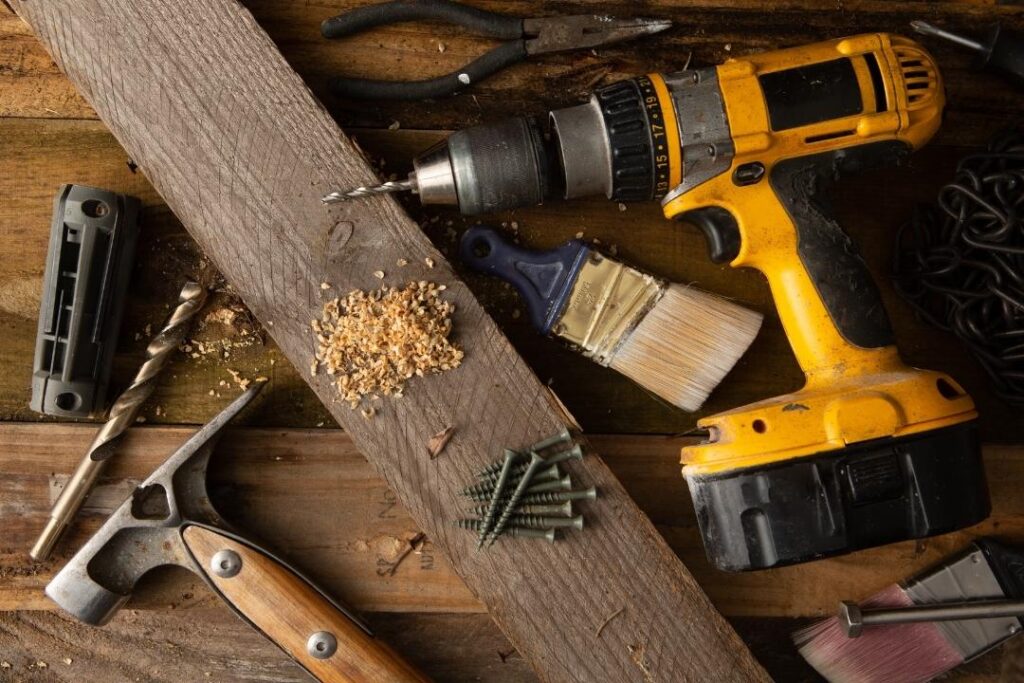
If you’re into woodworking and obsessed with making the smoothest arcs and curves for your artwork, you can take the help of your cordless drill here also. All you need is a sanding drum attached to your drill’s clutch to use it as a high-power sanding roller.
How To Use A Cordless Drill?
Before starting to operate a cordless drill, you need to make sure you have locked in the required drill bit properly. To do that, insert the bit into the chuck. Fasten the chuck with your hands until you hear several clicks. Take the chuck back to its original position after you hear the first click. When you hear the last click, you can rest assured that your bit is locked in place.
Drilling Holes
Precisely measure the dimensions of the required hole. Pick the right drill bit for the job and install it. Remember to keep the bit at the chuck’s center. Adjust all the settings as per the job requirement such as the torque and speed values. For wooden surfaces, create a small cavity first by lowering down the bit slowly. This will prevent your bit from sliding away. For any slippery surface, like metal, use a piece of tape over where the hole should be to prevent sliding. While working on tough surfaces, cool your bits down with water frequently. After drilling the hole, before pulling the bit out, release the trigger and set the direction to reverse.
Driving Screws
Remember to keep the torque and speed settings low. Choose the appropriate driver bit and lock it in place. For driving the screw in, set the direction to normal or clockwise. After that, position the drill at 90 degrees to the surface or the screw you are working on. Then, very gently press the trigger and keep rotating the screw until the surface material starts to become pierced and grab the screw. Now, again gently hold the trigger and, this time, put some pressure against the drill to drive the screw in. Release the trigger when the screw reaches the required depth.
Safety Tips
We are all well aware of the fact that everyone should use power tools very carefully to ensure safety. The following tips allow you to safely operate a cordless drill without hurting yourself.
- Wear safety glasses or goggles to save your eyes from flying debris
- Never use a cordless drill wearing loose sleeves or gloves. Make sure both are well-fitted.
- You should also protect your lungs from drilling dust. Dust masks work, but respirators offer the best protection.
- Cordless drills are loud power tools and can cause hearing damage. Use earplugs to prevent this.
- Make sure the surface you’re working on stays in place. For example, you can use clamps or bench vises when working with wood.
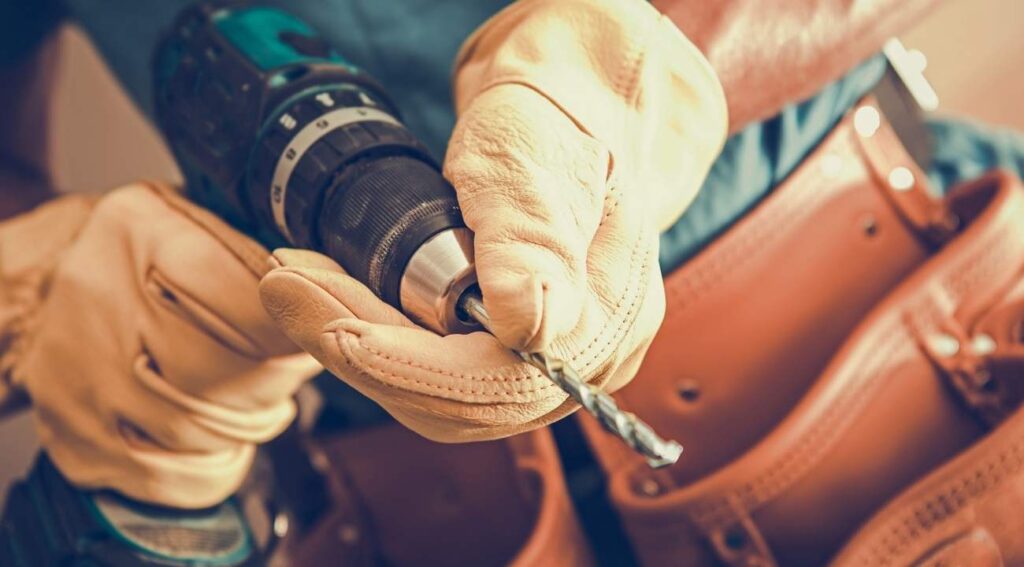
Wrapping Up
A powerful, multi-purpose tool like a cordless drill may seem a bit complicated at first. However, if you take proper safety measures and familiarize yourself with all the features of a cordless drill, then the chance of you getting injured will be reduced significantly. We recommend that you use the drill from time to time and learn to use it correctly. Once you know how to operate a cordless drill effortlessly, you will wonder why haven’t you used it before.
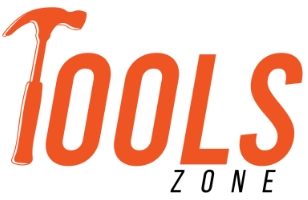

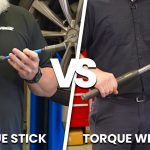
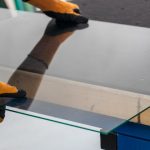


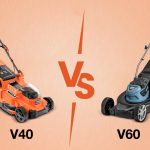
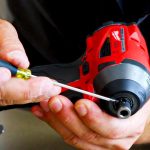

Leave a Comment